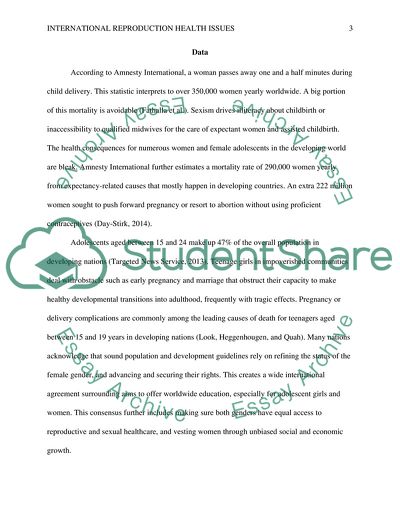Cite this document
(Overview of International Reproduction Health Issues Research Paper, n.d.)
Overview of International Reproduction Health Issues Research Paper. https://studentshare.org/health-sciences-medicine/1866247-overview-of-international-reproduction-health-issues
Overview of International Reproduction Health Issues Research Paper. https://studentshare.org/health-sciences-medicine/1866247-overview-of-international-reproduction-health-issues
(Overview of International Reproduction Health Issues Research Paper)
Overview of International Reproduction Health Issues Research Paper. https://studentshare.org/health-sciences-medicine/1866247-overview-of-international-reproduction-health-issues.
Overview of International Reproduction Health Issues Research Paper. https://studentshare.org/health-sciences-medicine/1866247-overview-of-international-reproduction-health-issues.
“Overview of International Reproduction Health Issues Research Paper”. https://studentshare.org/health-sciences-medicine/1866247-overview-of-international-reproduction-health-issues.


